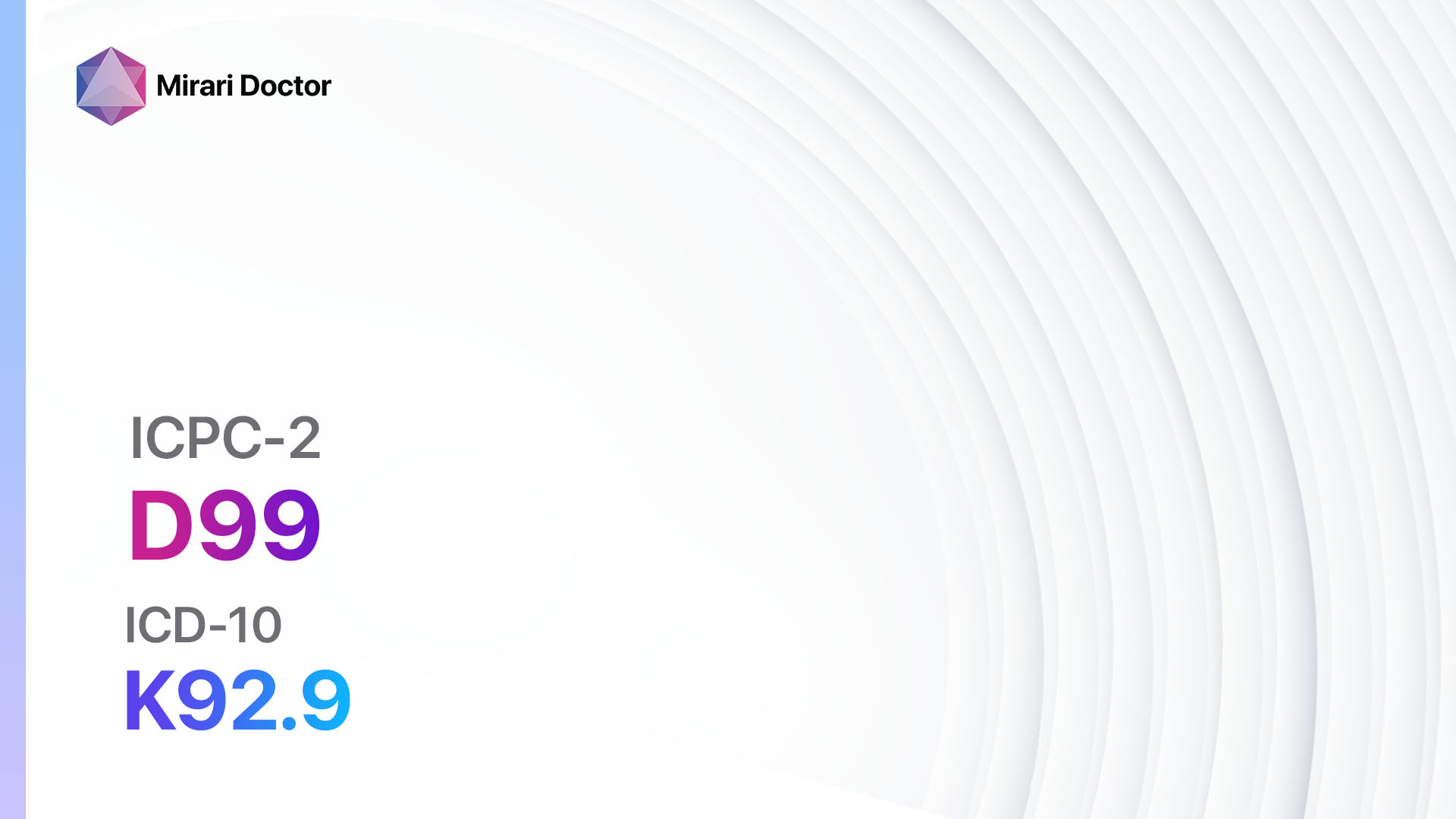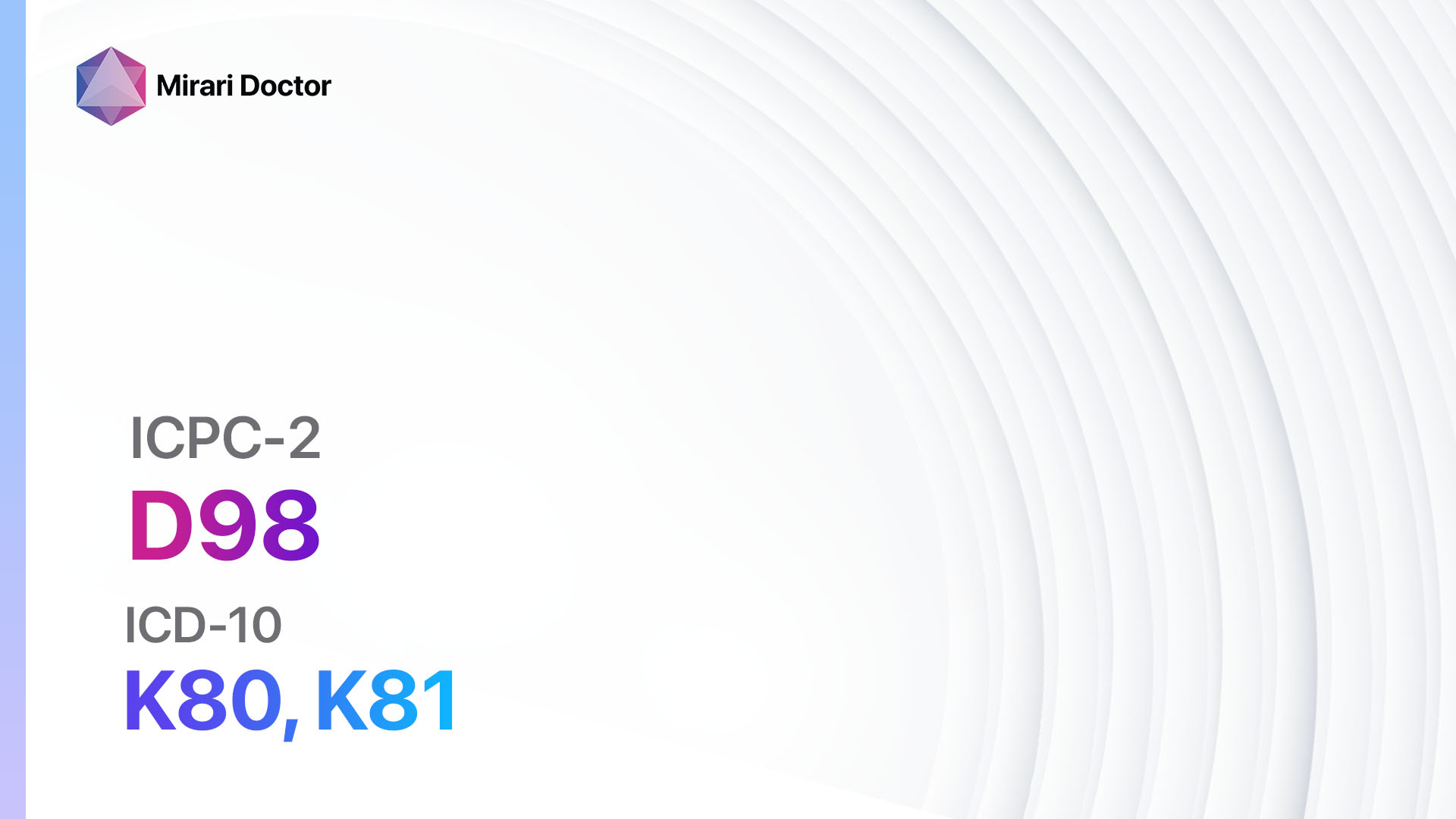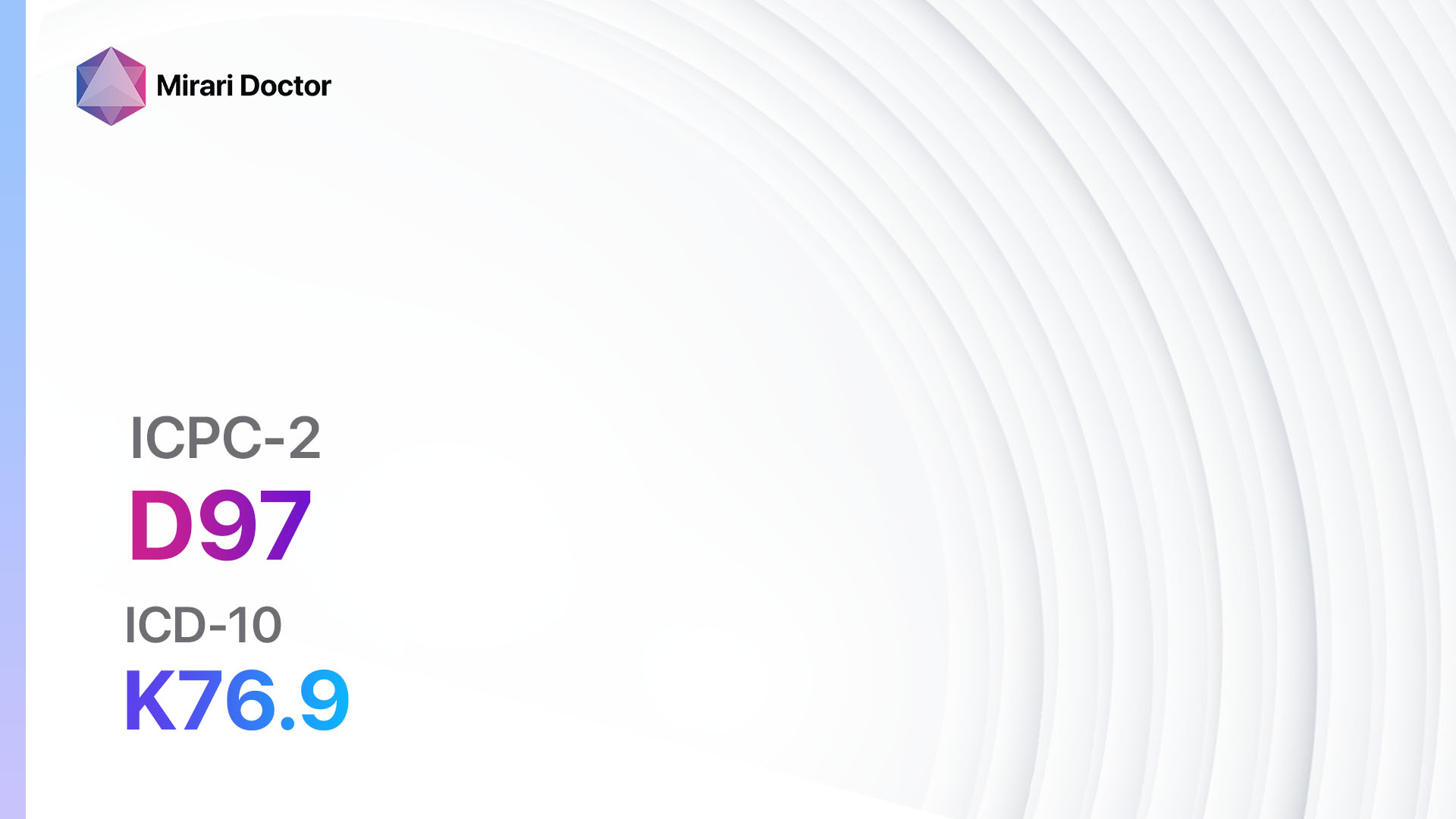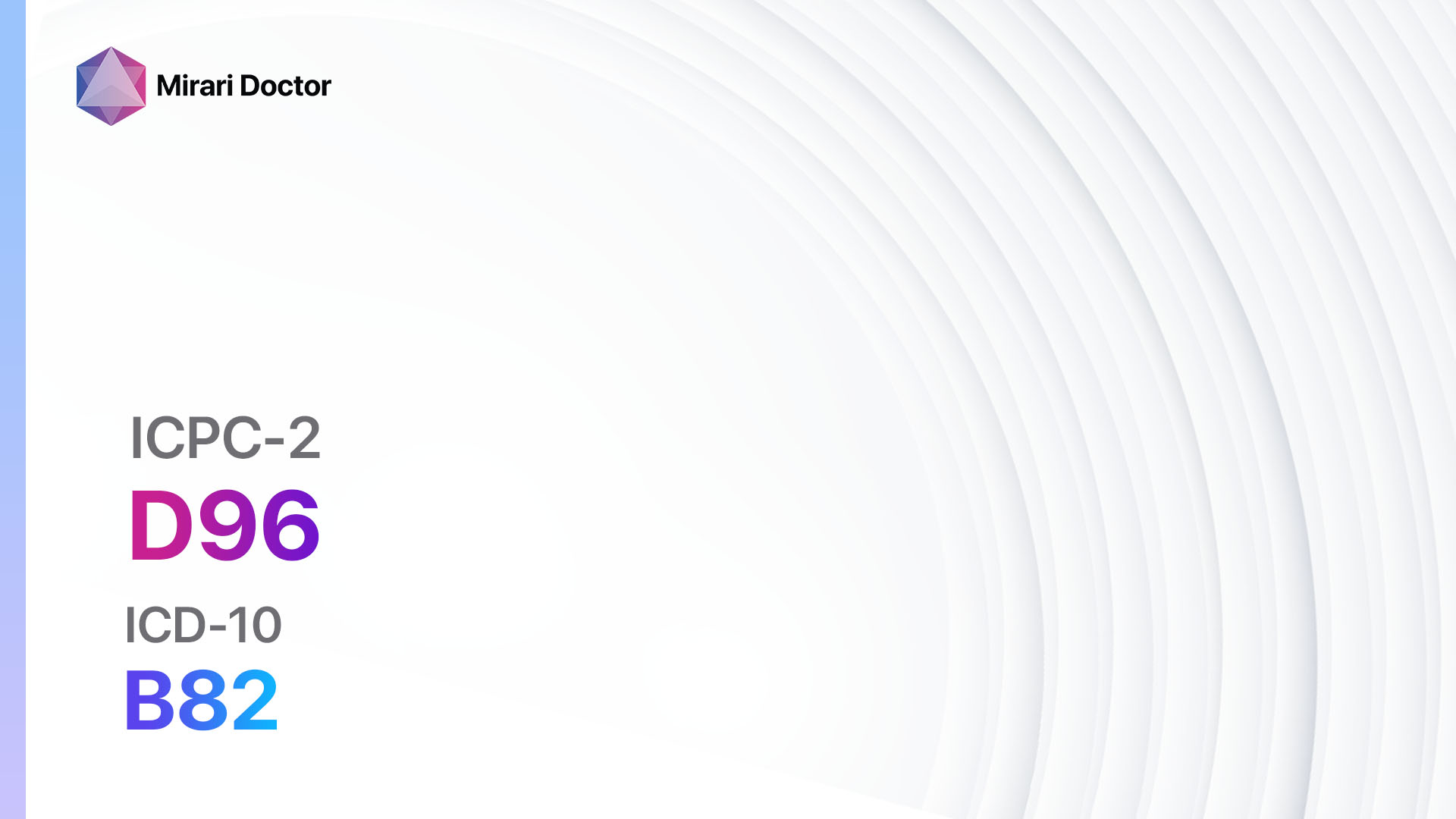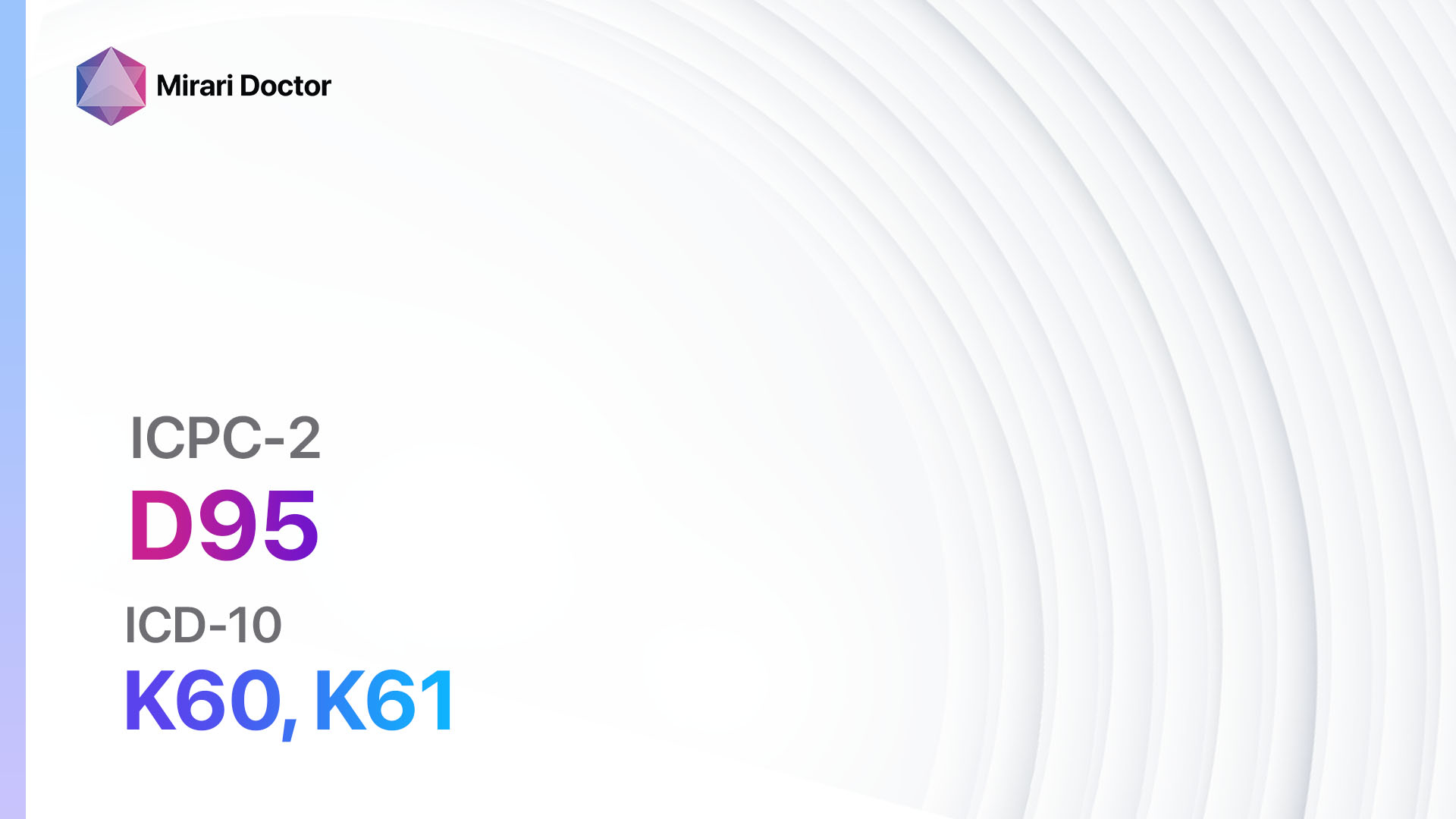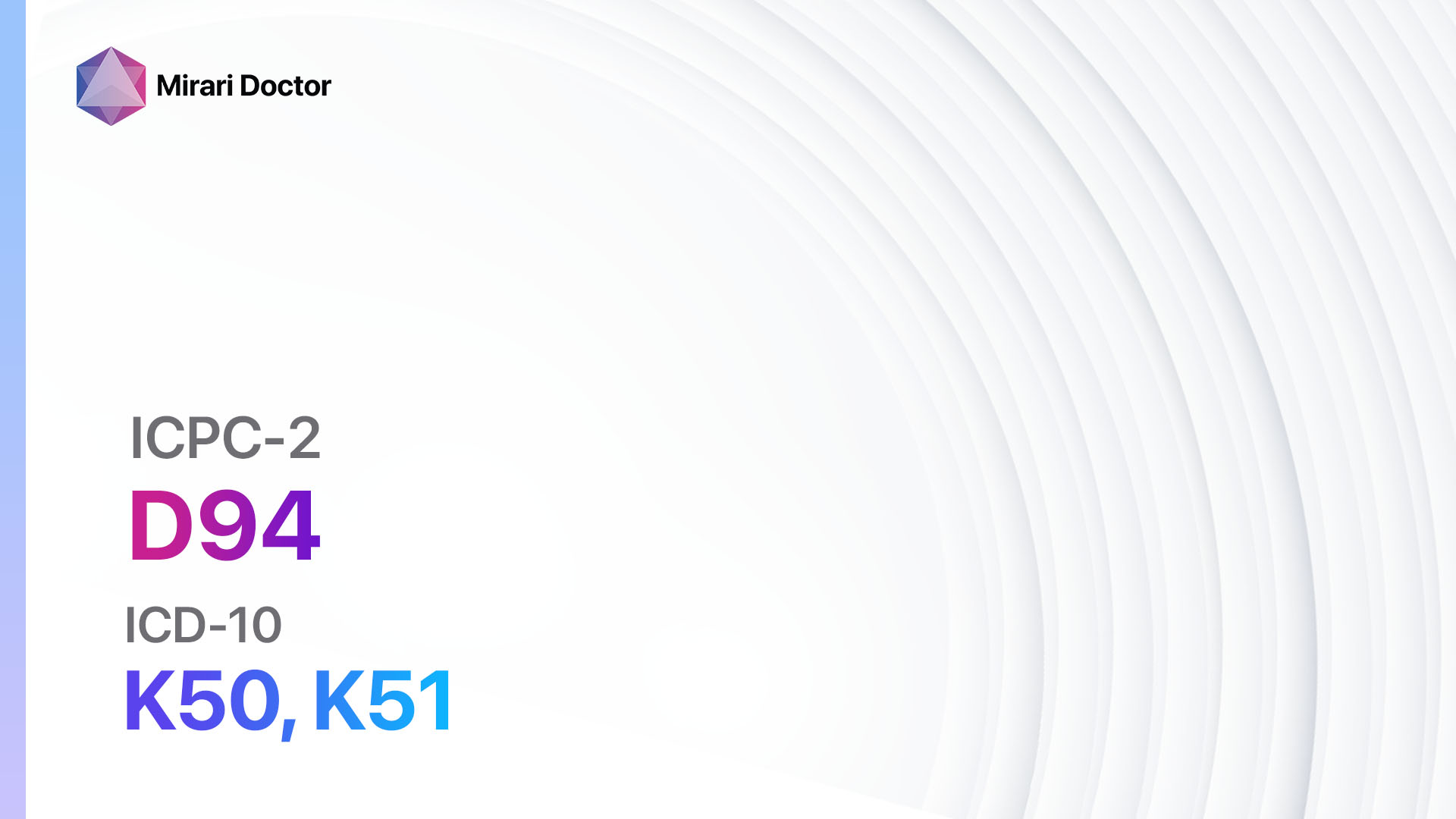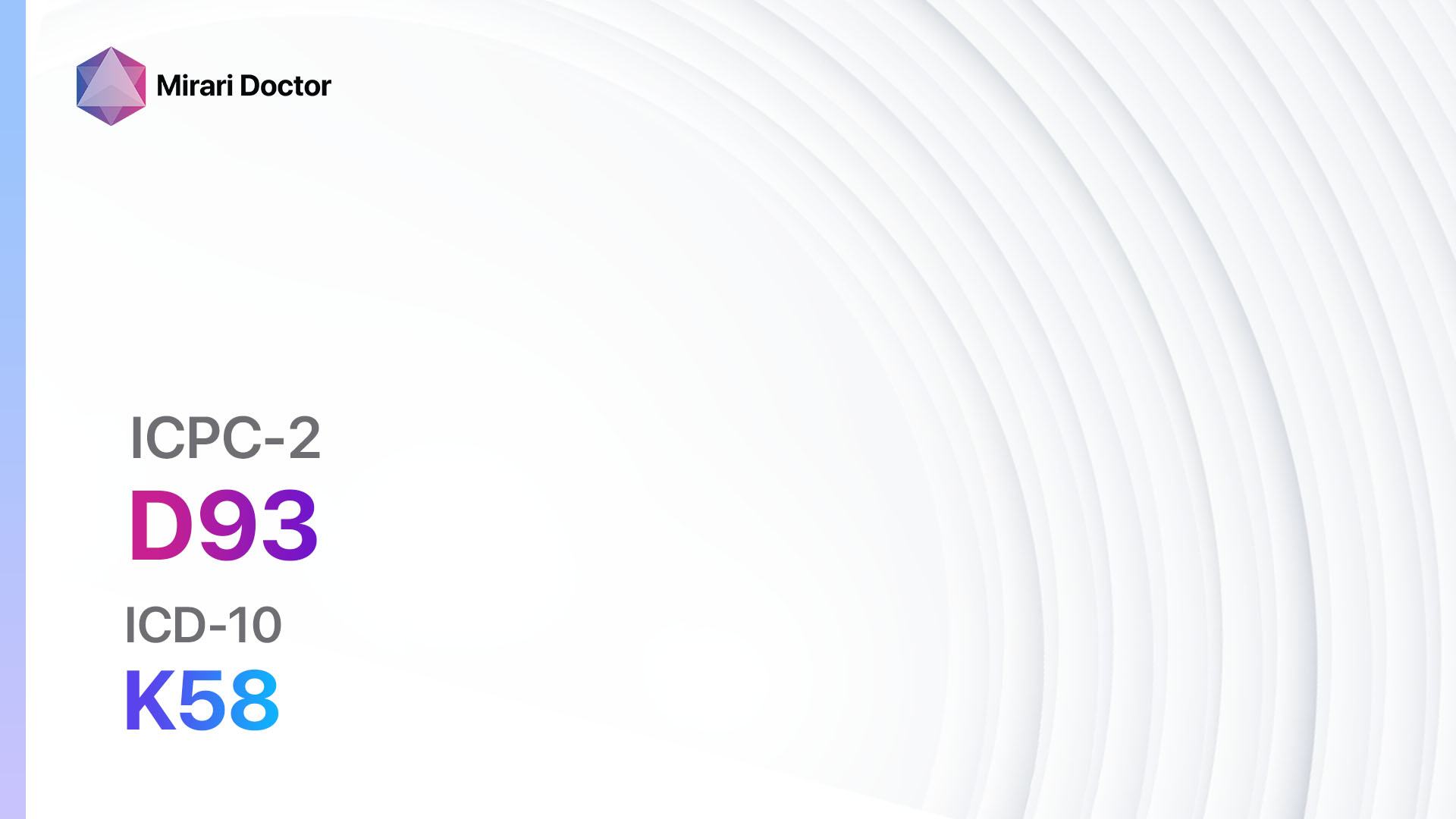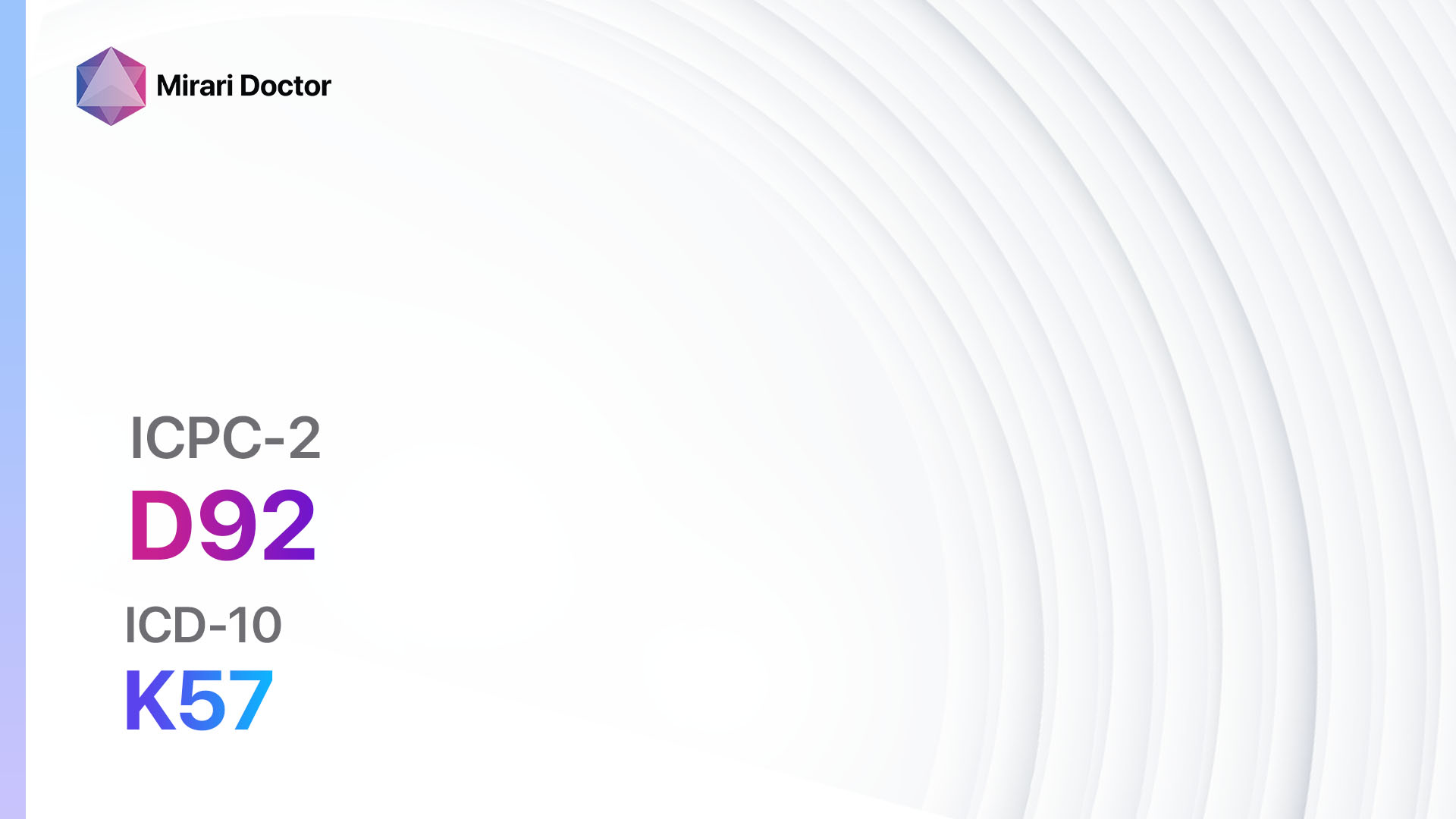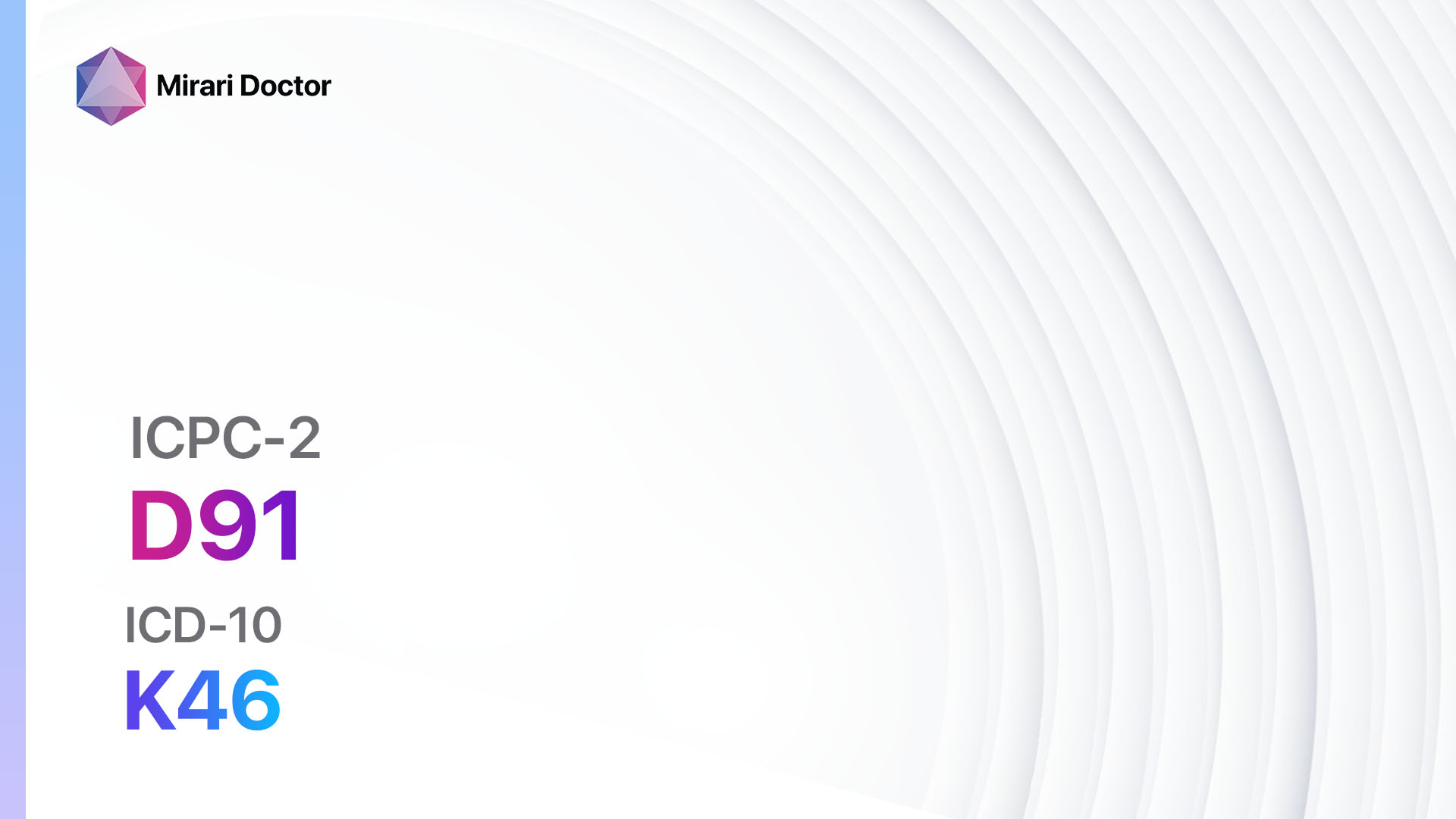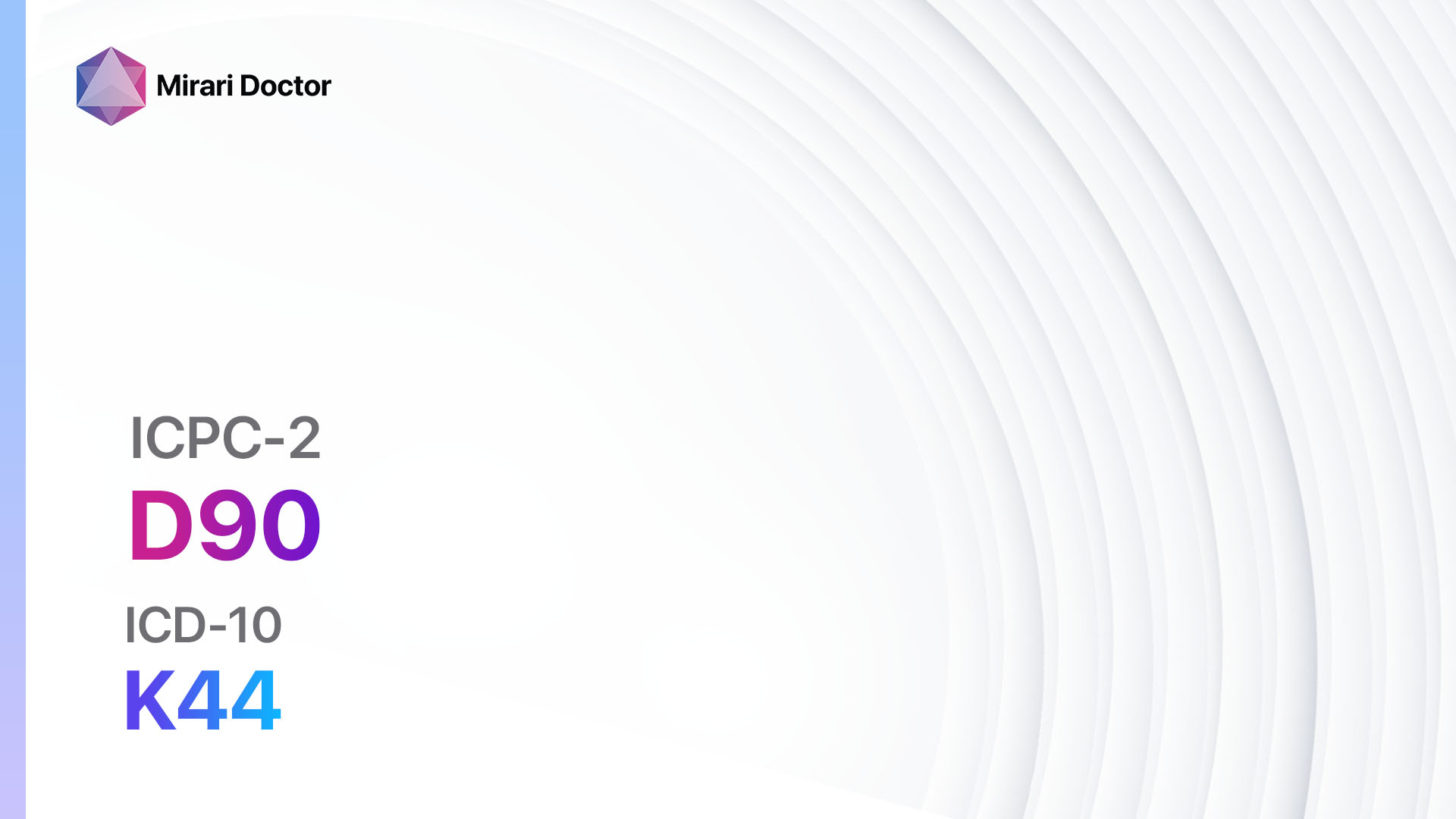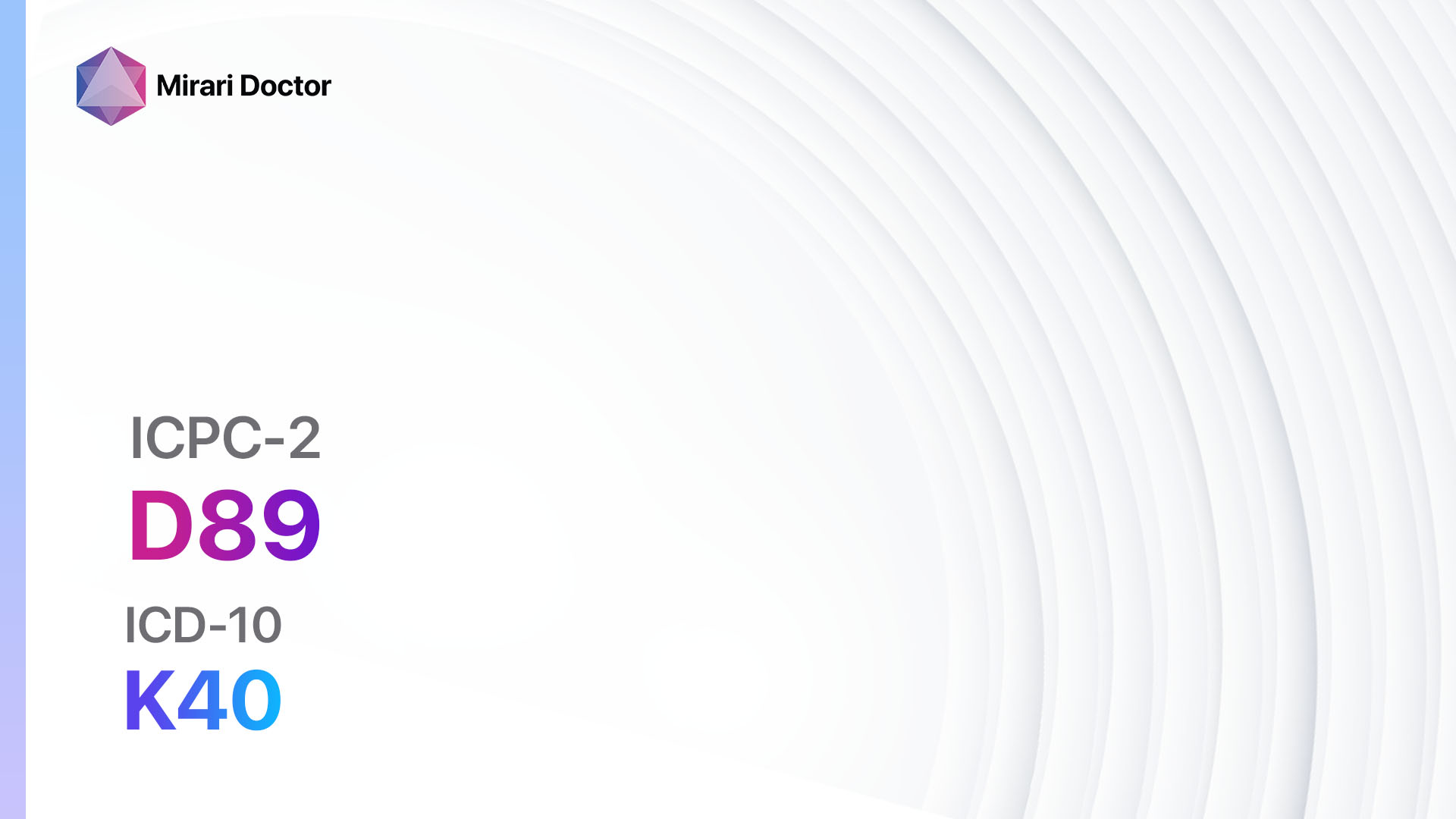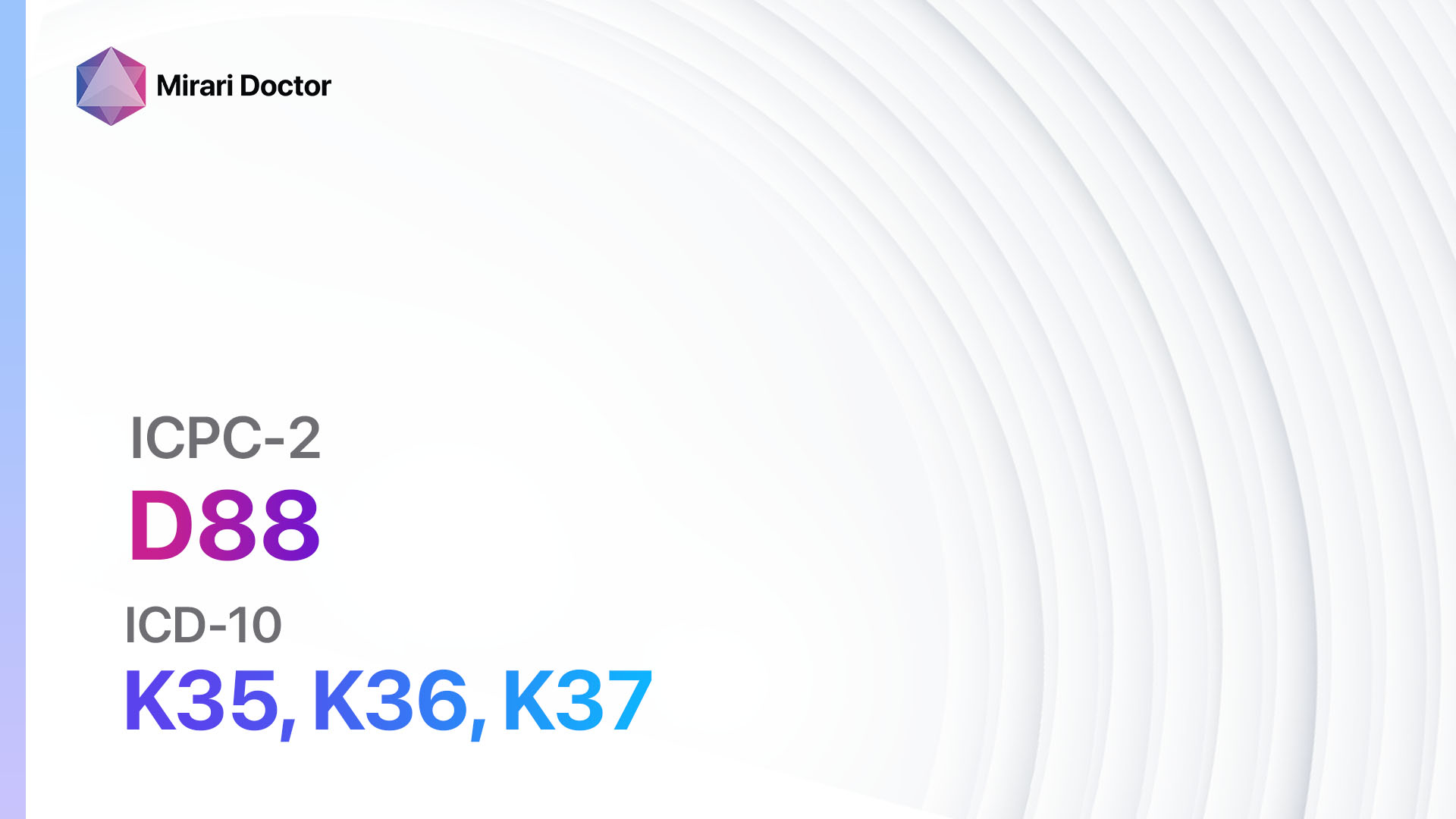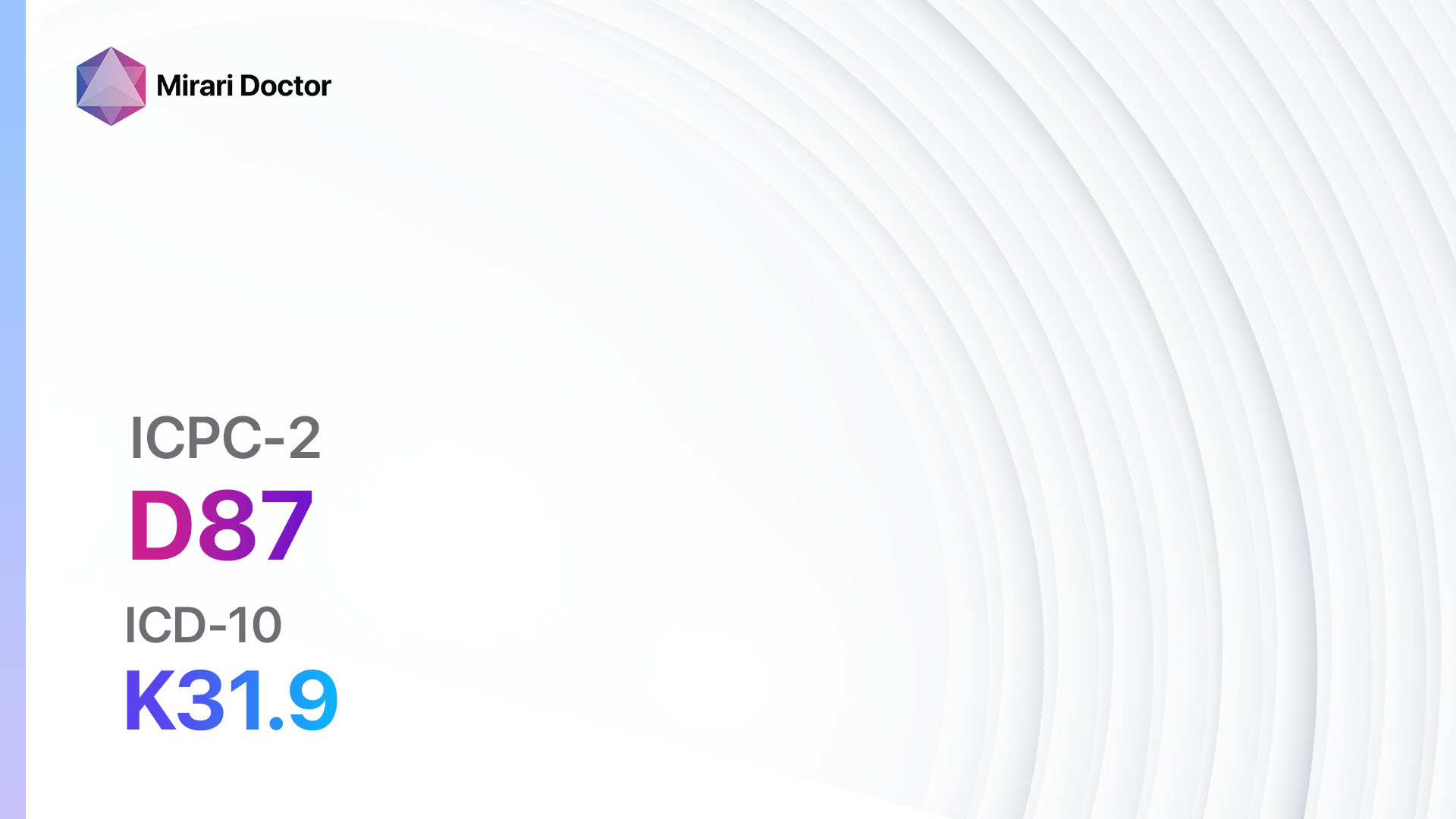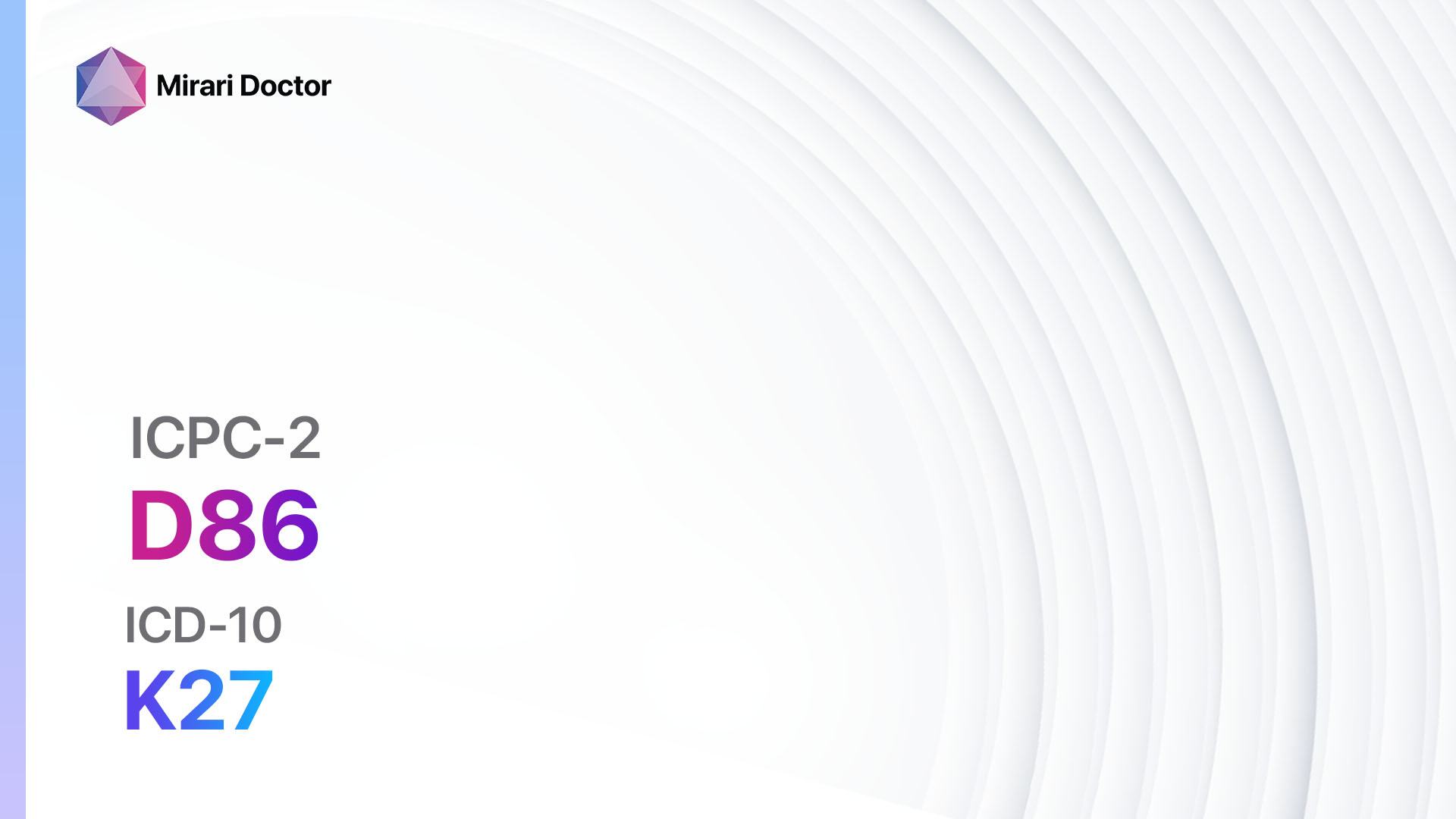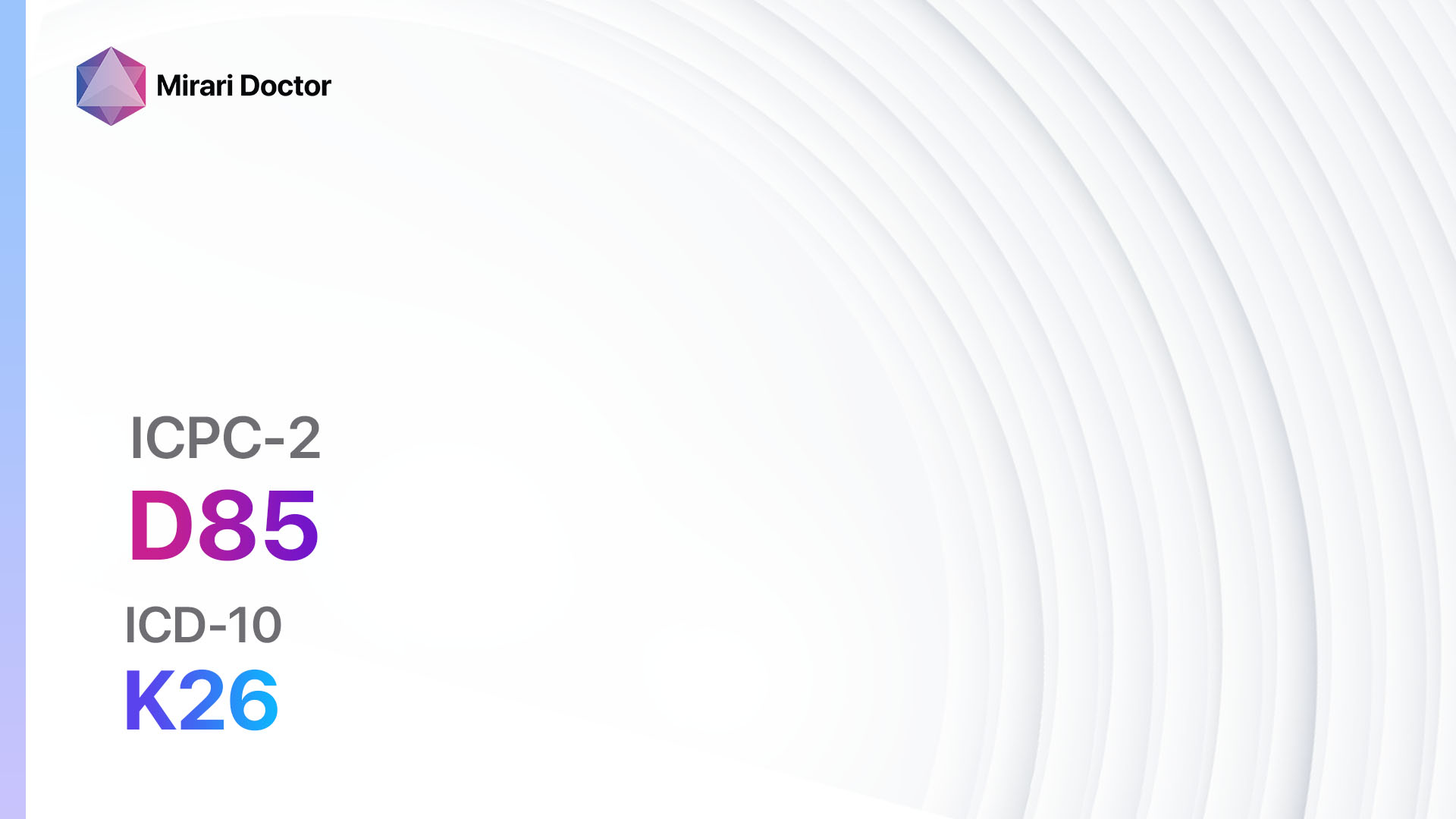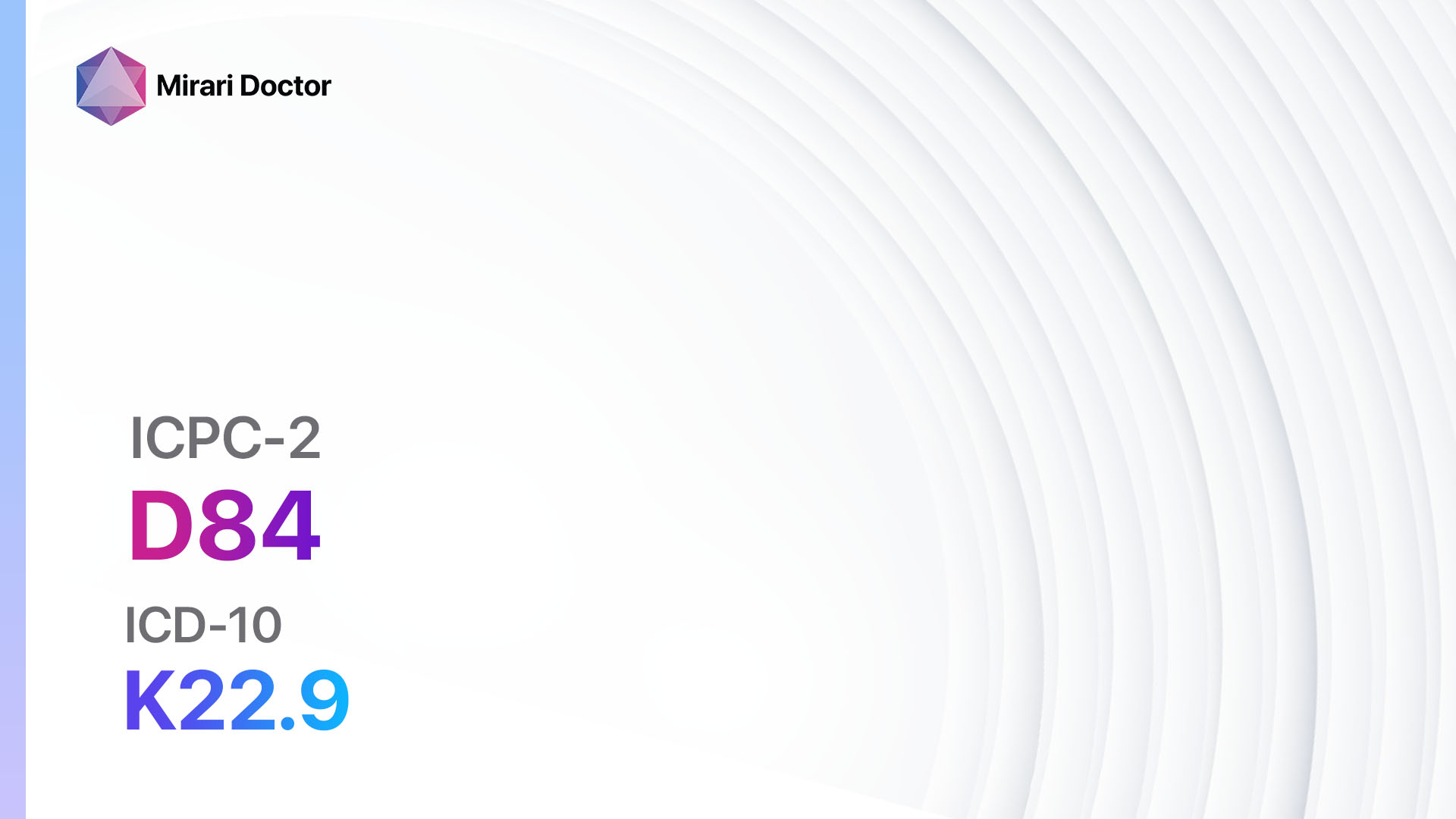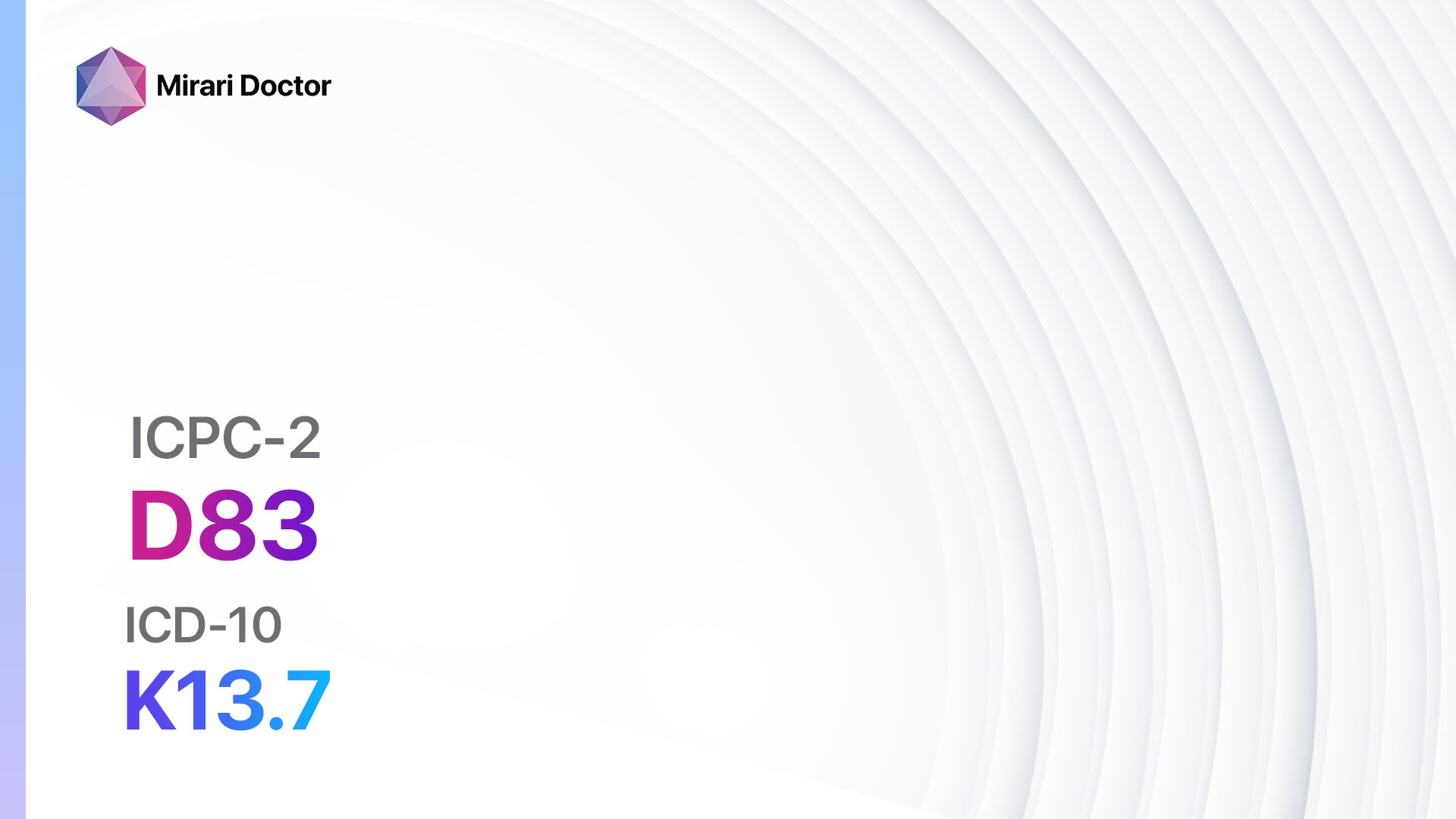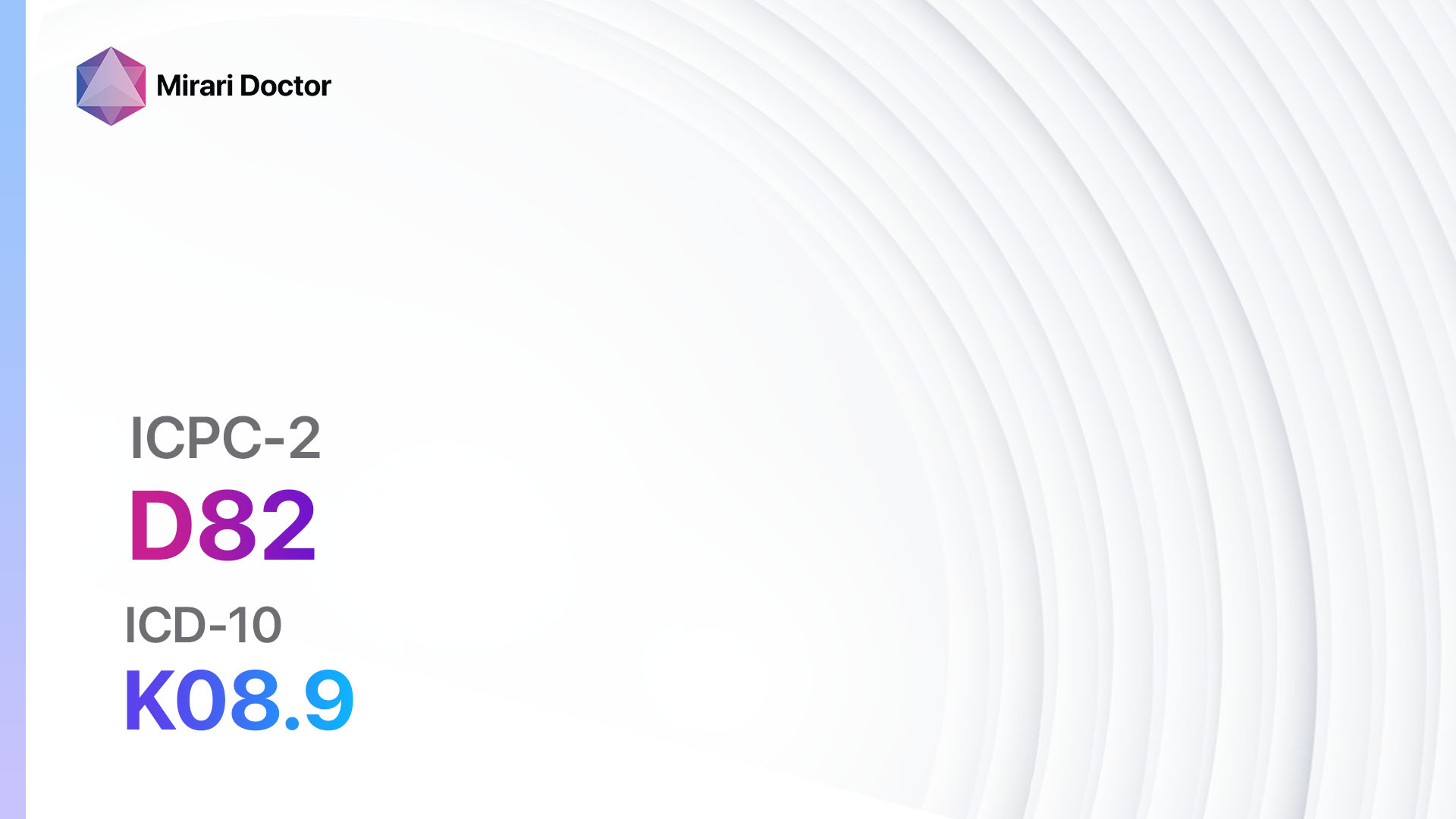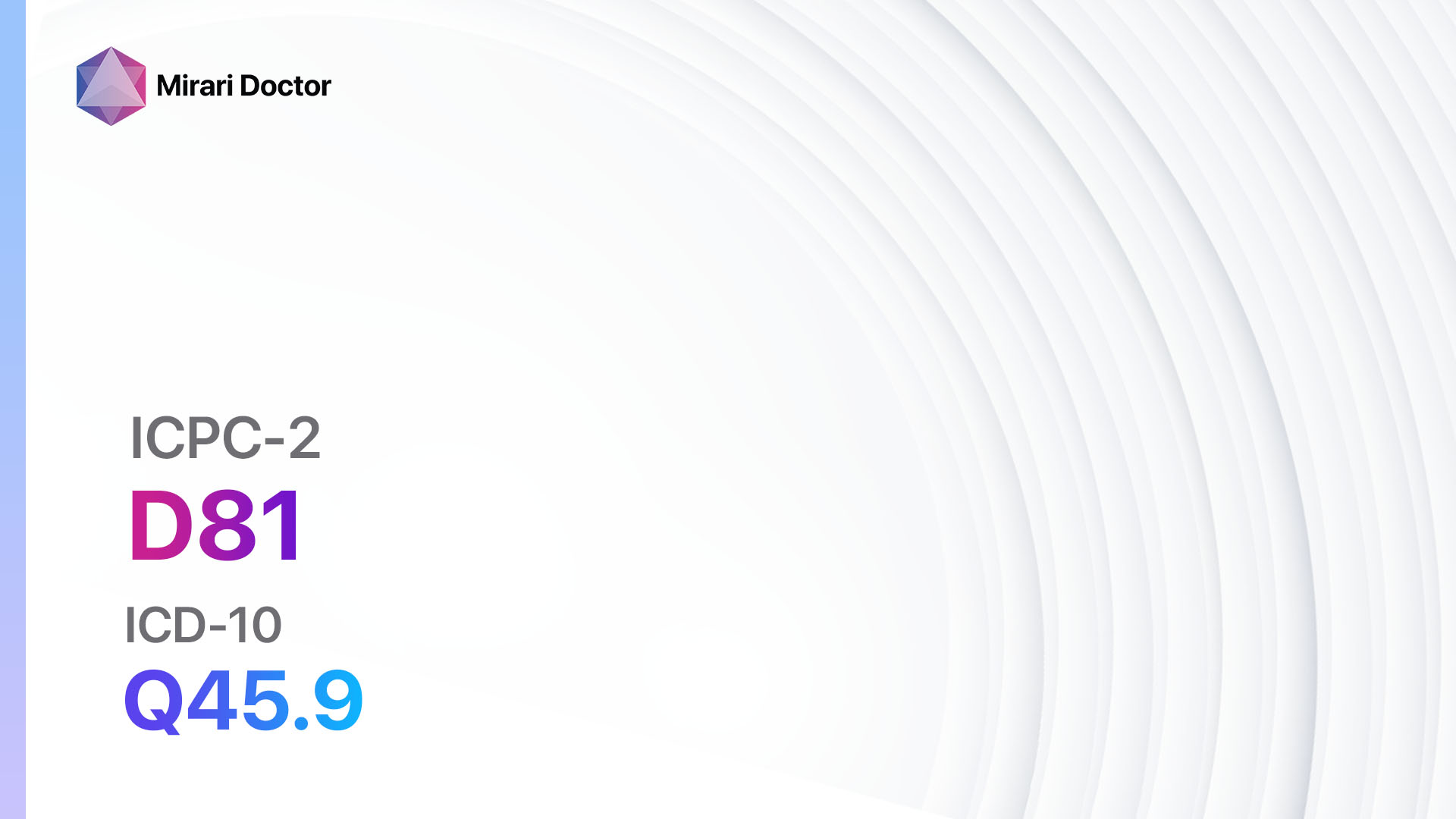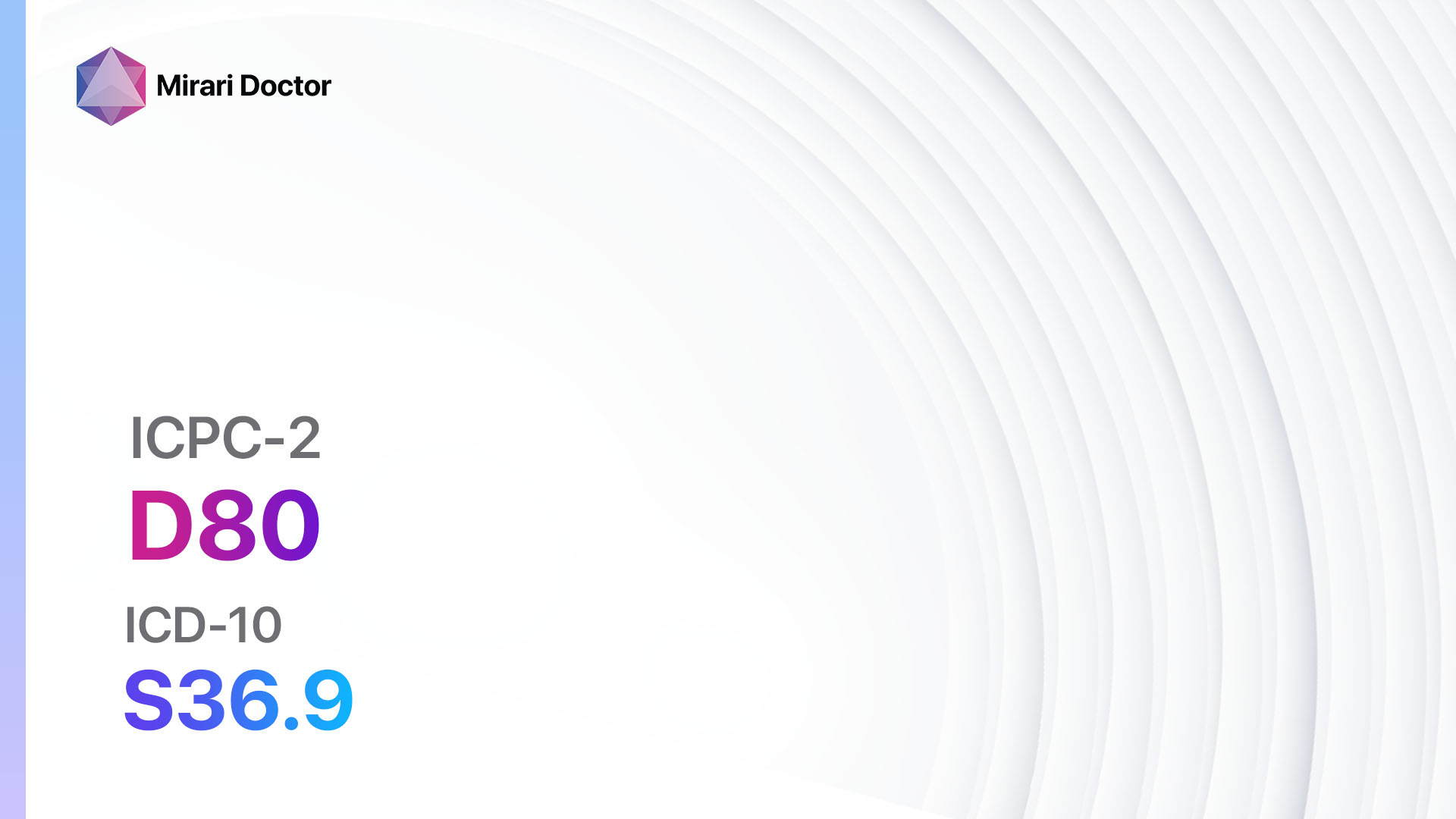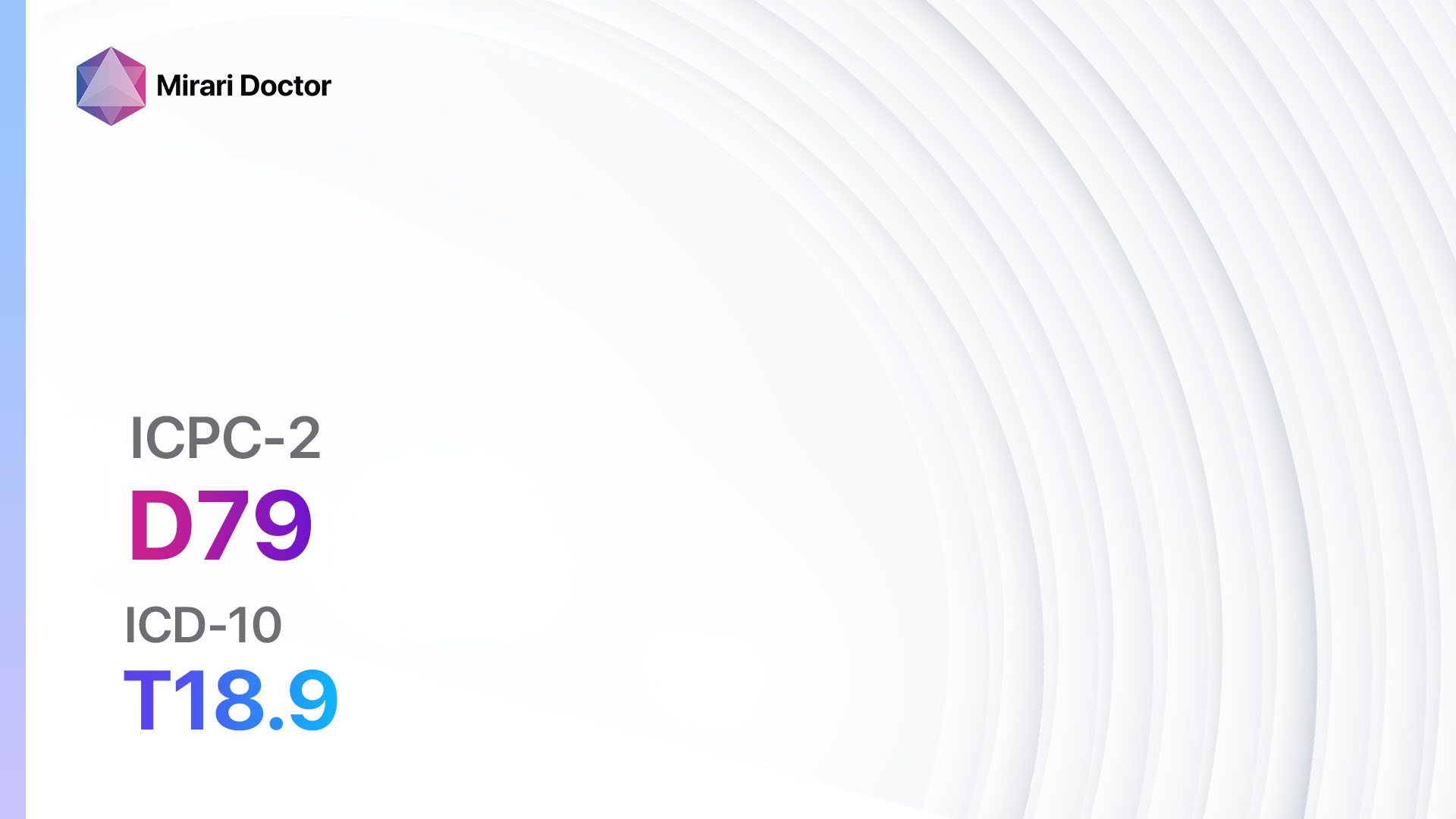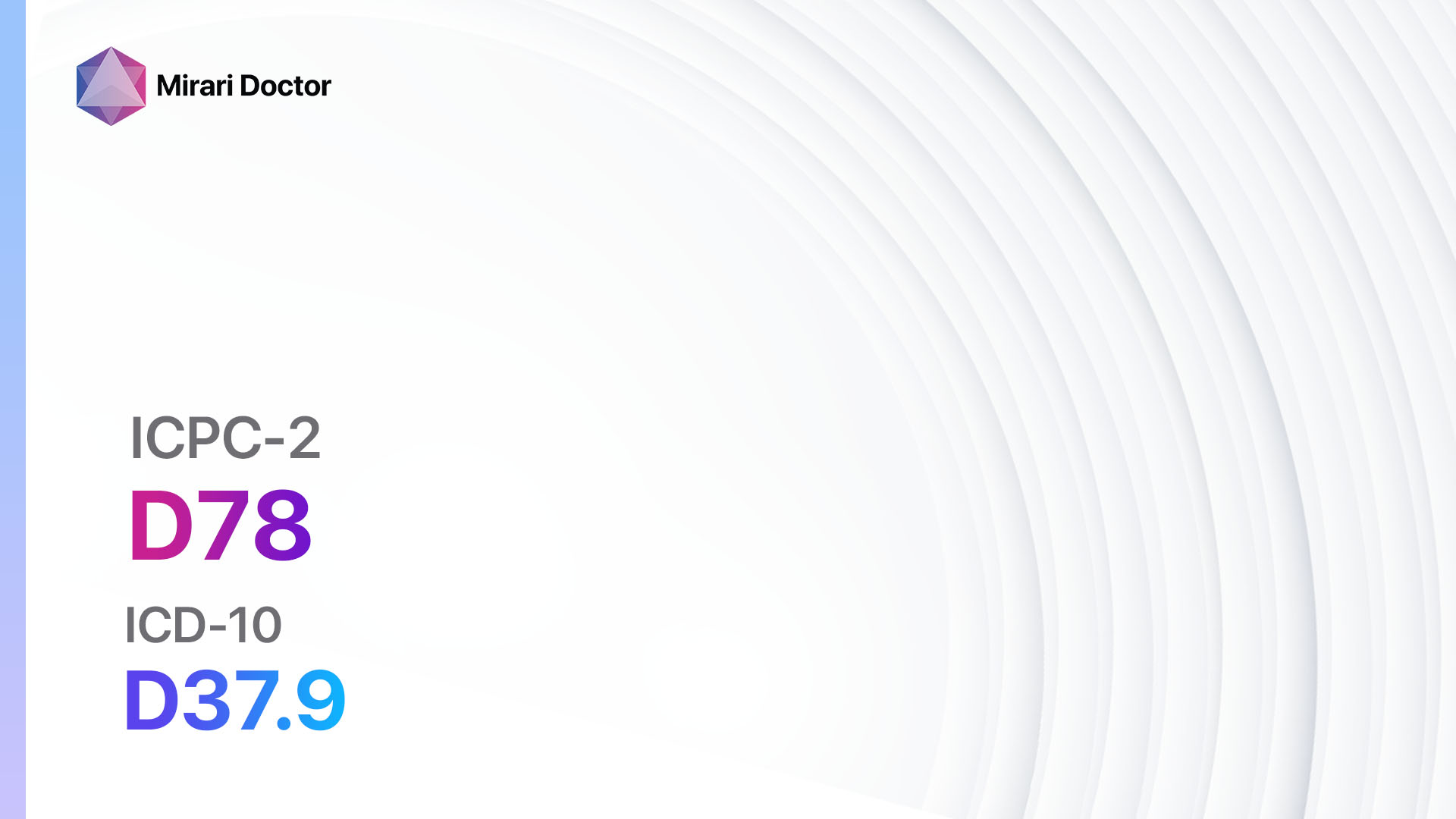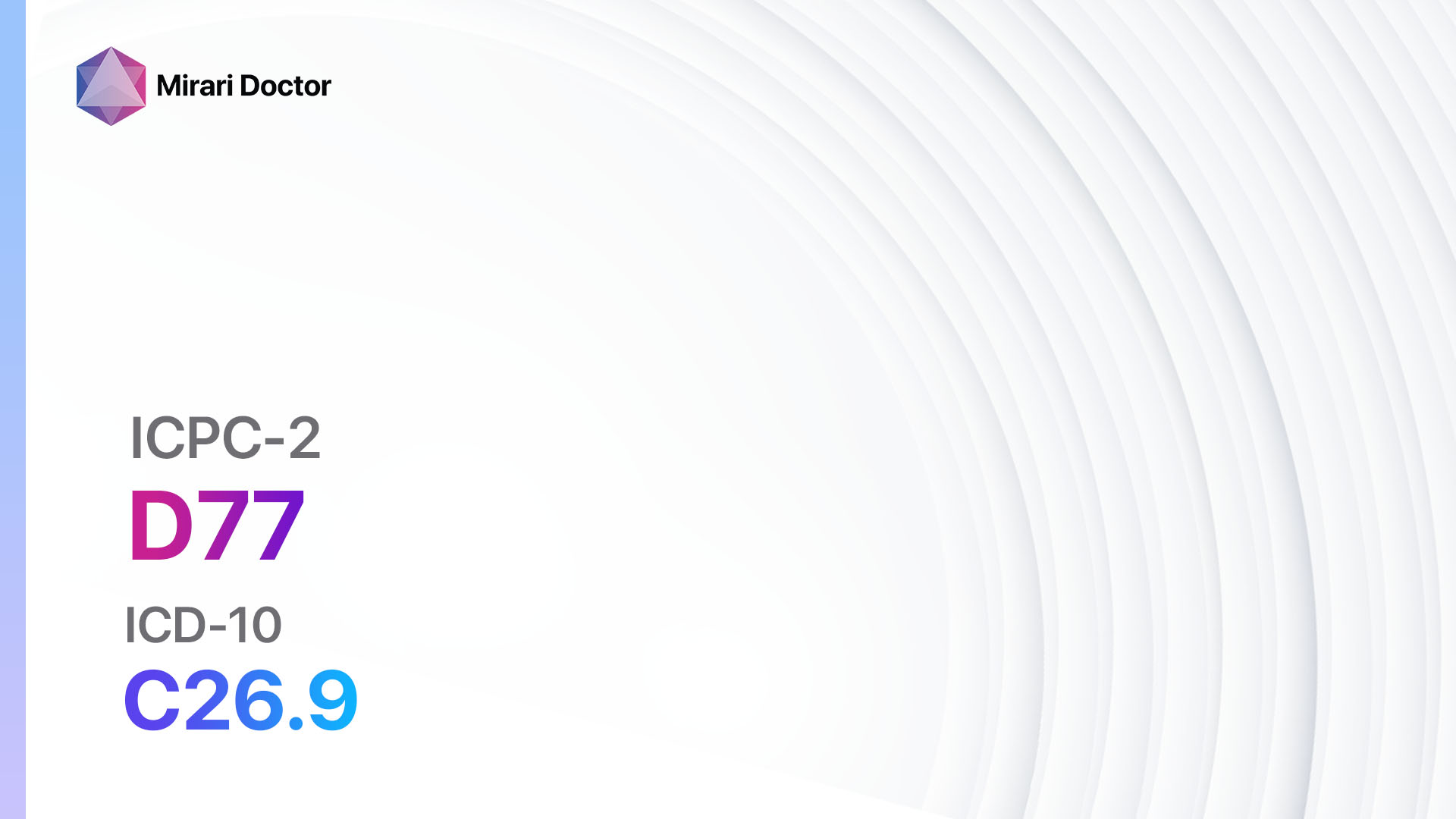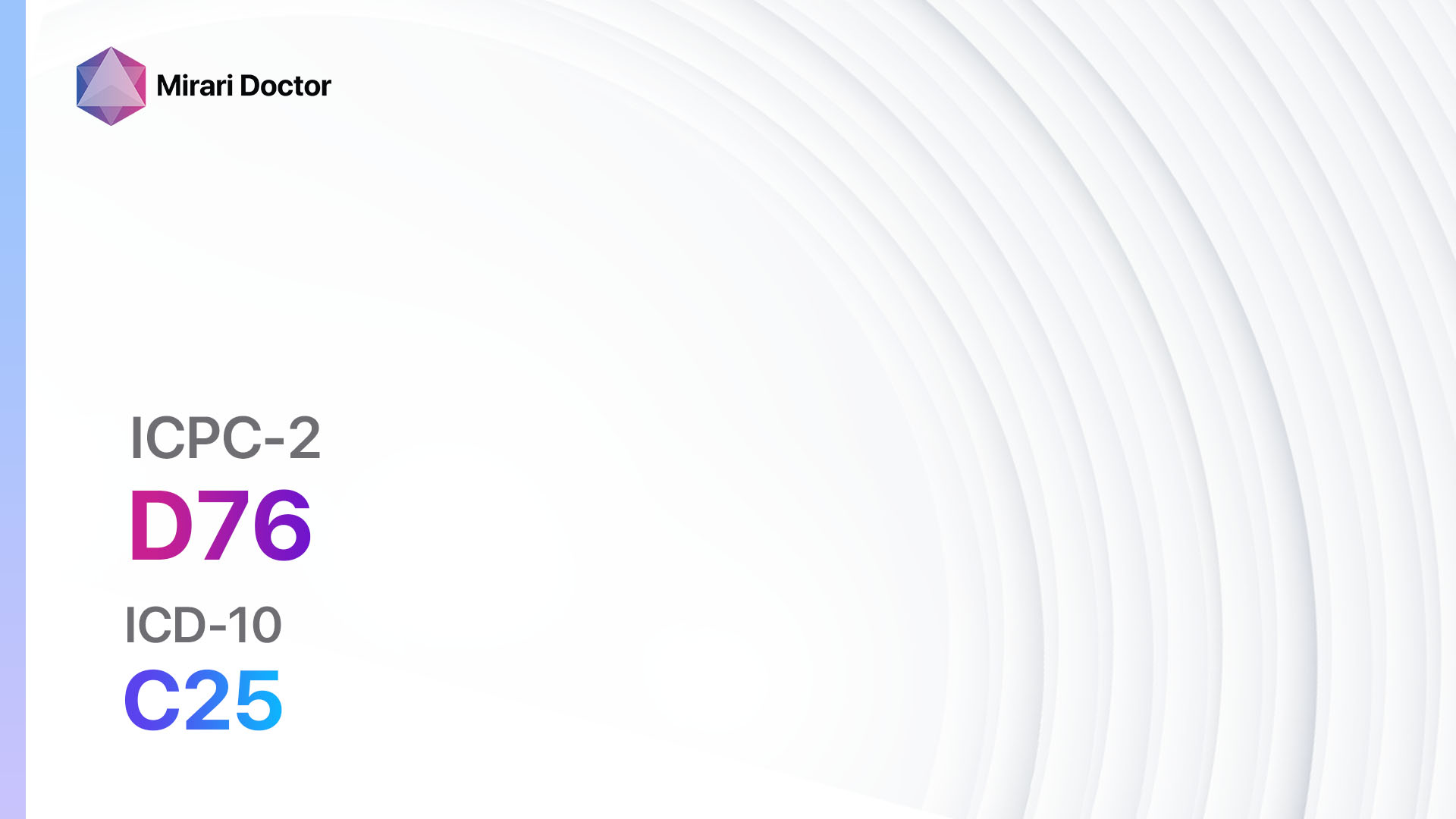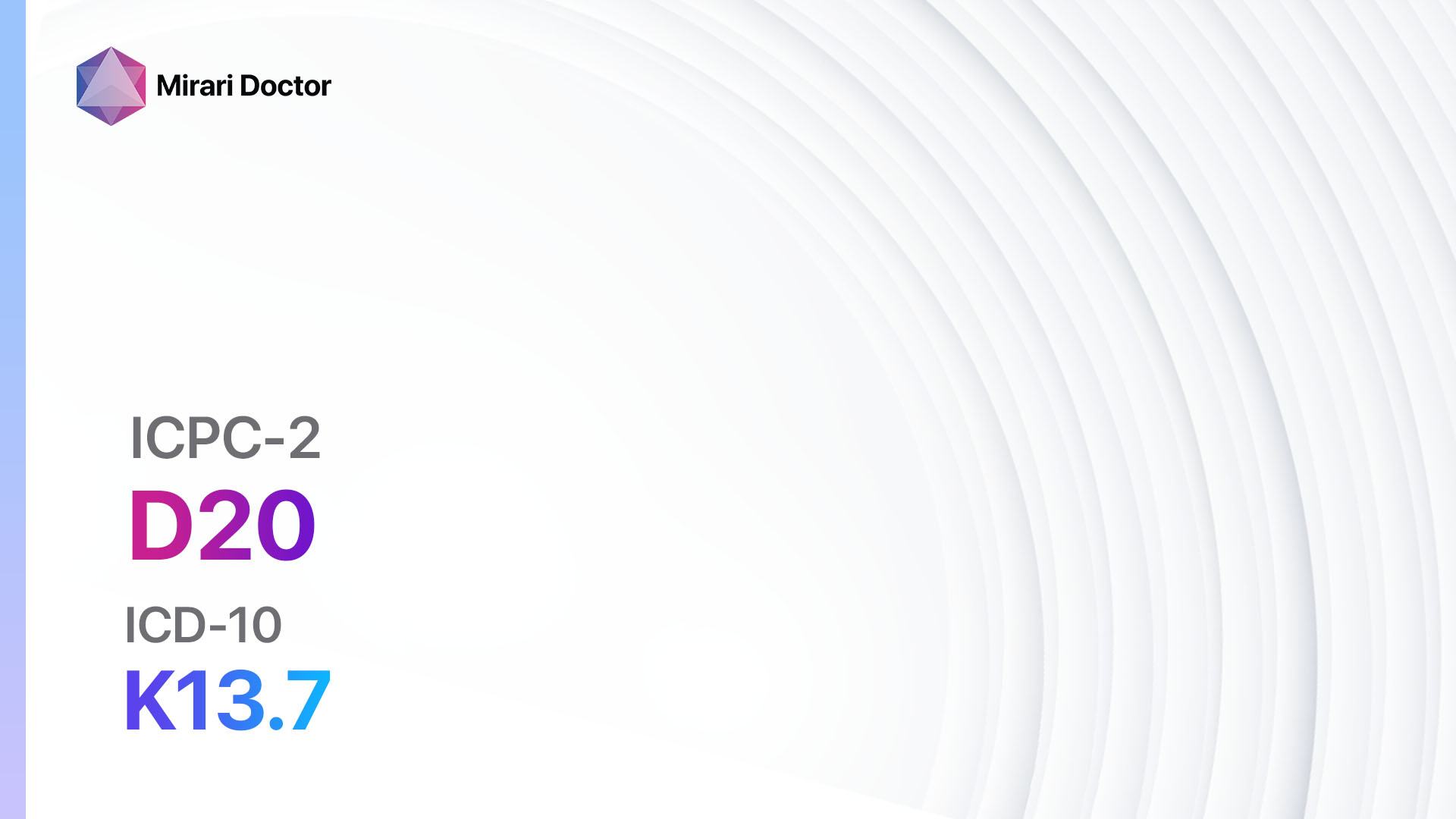
Introduction
Mouth/tongue/lip symptoms or complaints can be indicative of various conditions affecting the oral cavity. These symptoms can range from mild discomfort to severe pain and may be associated with other systemic diseases[1]. The aim of this guide is to provide a comprehensive overview of the diagnostic steps, possible interventions, and patient education for mouth/tongue/lip symptoms or complaints.
Codes
- ICPC-2 Code: D20 Mouth/tongue/lip symptom/complt.[2]
- ICD-10 Code: K13.7 Other and unspecified lesions of oral mucosa[3]
Symptoms
- Swelling: The affected area may appear swollen and may be accompanied by pain or tenderness[4].
- Redness: The affected area may appear red or inflamed[4].
- Ulcers or sores: Open sores or ulcers may be present on the mouth, tongue, or lips[4].
- Bumps or lumps: Abnormal growths or masses may be observed on the affected area[4].
- Dryness or cracking: The affected area may feel dry or may exhibit cracks[4].
- Bleeding: Bleeding may occur from the mouth, tongue, or lips[4].
- Changes in sensation: Altered sensation, such as numbness or tingling, may be experienced in the affected area[4].
Causes
- Infections: Bacterial, viral, or fungal infections can cause mouth/tongue/lip symptoms or complaints[5].
- Trauma: Injury or trauma to the oral cavity can result in symptoms such as swelling, ulcers, or bleeding[5].
- Allergic reactions: Allergies to certain foods, medications, or oral care products can lead to symptoms in the mouth, tongue, or lips[5].
- Autoimmune conditions: Conditions such as oral lichen planus or pemphigus vulgaris can cause mouth/tongue/lip symptoms or complaints[5].
- Oral cancer: Mouth/tongue/lip symptoms or complaints can be indicative of oral cancer[6].
- Nutritional deficiencies: Deficiencies in certain vitamins or minerals can manifest as symptoms in the oral cavity[5].
Diagnostic Steps
Medical History
- Gather information about the patient’s symptoms, including the duration, severity, and any triggering factors[7].
- Inquire about any recent infections, injuries, or exposure to potential allergens[7].
- Assess the patient’s medical history, including any pre-existing conditions or medications that may contribute to the symptoms[7].
- Evaluate the patient’s oral hygiene practices and dietary habits[7].
Physical Examination
- Inspect the mouth, tongue, and lips for any visible abnormalities, such as swelling, redness, ulcers, or masses[8].
- Palpate the affected area to assess for tenderness or lumps[8].
- Check for any signs of infection, such as pus or discharge[8].
- Assess the patient’s overall oral health, including the condition of the teeth and gums[8].
Laboratory Tests
- Complete blood count (CBC): To assess for signs of infection or inflammation[9].
- Viral cultures: To identify the presence of specific viral infections, such as herpes simplex virus[9].
- Fungal cultures: To detect the presence of fungal infections, such as oral thrush[9].
- Biopsy: In cases where oral cancer is suspected, a biopsy may be performed to obtain a tissue sample for further analysis[9].
Diagnostic Imaging
- X-rays: To evaluate the underlying structures of the oral cavity, such as the jawbone or teeth[9].
- CT scans or MRIs: To obtain detailed images of the oral cavity, particularly in cases where tumors or masses are suspected[9].
Other Tests
- Patch testing: In cases where allergies are suspected, patch testing may be performed to identify specific allergens[9].
- Salivary flow rate measurement: To assess the quantity and quality of saliva production[9].
- Oral swabs or scrapings: To collect samples for microbiological analysis[9].
Follow-up and Patient Education
- Schedule follow-up appointments to monitor the progress of the symptoms and evaluate the effectiveness of interventions[10].
- Provide patient education on proper oral hygiene practices, including brushing, flossing, and regular dental check-ups[10].
- Advise the patient to avoid known allergens or irritants that may trigger symptoms[10].
- Encourage the patient to maintain a balanced diet and address any nutritional deficiencies[10].
Possible Interventions
Traditional Interventions
Medications:
Top 5 drugs for Mouth/tongue/lip symptoms or complaints:
- Topical corticosteroids (e.g., Triamcinolone acetonide, Fluocinonide):
- Cost: Generic versions can range from $10 to $50.
- Contraindications: Hypersensitivity to corticosteroids.
- Side effects: Localized skin reactions, thinning of the skin.
- Severe side effects: Systemic absorption leading to adrenal suppression.
- Drug interactions: None reported.
- Warning: Prolonged use may lead to skin atrophy.
- Antifungal medications (e.g., Nystatin, Fluconazole):
- Cost: Generic versions can range from $10 to $50.
- Contraindications: Hypersensitivity to antifungal agents.
- Side effects: Nausea, vomiting, diarrhea.
- Severe side effects: Severe allergic reactions, liver toxicity.
- Drug interactions: None reported.
- Warning: Monitor liver function in patients receiving fluconazole.
- Antiviral medications (e.g., Acyclovir, Valacyclovir):
- Cost: Generic versions can range from $10 to $50.
- Contraindications: Hypersensitivity to antiviral agents.
- Side effects: Nausea, vomiting, headache.
- Severe side effects: Severe allergic reactions, renal toxicity.
- Drug interactions: None reported.
- Warning: Adequate hydration is important during treatment with acyclovir.
- Antihistamines (e.g., Loratadine, Cetirizine):
- Cost: Generic versions can range from $5 to $20.
- Contraindications: Hypersensitivity to antihistamines.
- Side effects: Drowsiness, dry mouth.
- Severe side effects: None reported.
- Drug interactions: None reported.
- Warning: Avoid driving or operating heavy machinery if drowsiness occurs.
- Analgesics (e.g., Acetaminophen, Ibuprofen):
- Cost: Generic versions can range from $5 to $20.
- Contraindications: Hypersensitivity to analgesics, active gastrointestinal bleeding.
- Side effects: Nausea, stomach upset.
- Severe side effects: Liver toxicity, gastrointestinal bleeding.
- Drug interactions: None reported.
- Warning: Do not exceed the recommended dosage.
Alternative Drugs:
- Topical anesthetics (e.g., Benzocaine): Provide temporary relief from pain or discomfort.
- Antibiotics (e.g., Amoxicillin, Clindamycin): Used in cases of bacterial infections.
- Immunosuppressants (e.g., Tacrolimus): Used in cases of autoimmune conditions.
- Antifungal mouthwashes (e.g., Chlorhexidine): Used in cases of oral thrush.
- Oral rinses (e.g., Hydrogen peroxide, Saline solution): Used to clean and soothe the oral cavity.
Surgical Procedures:
- Biopsy: In cases where oral cancer is suspected, a biopsy may be performed to obtain a tissue sample for further analysis.
- Excision or removal of masses or growths: Surgical removal may be necessary for certain benign or malignant growths.
Alternative Interventions
- Acupuncture: May help alleviate pain and promote healing. Cost: $60-$120 per session.
- Herbal remedies: Certain herbs, such as aloe vera or chamomile, may have anti-inflammatory or soothing properties. Cost: Varies depending on the specific herb and preparation.
- Homeopathic remedies: Homeopathic treatments, such as Arnica or Hypericum, may be used to relieve pain or promote healing. Cost: Varies depending on the specific remedy and preparation.
- Nutritional supplements: Certain supplements, such as vitamin C or zinc, may support oral health and healing. Cost: Varies depending on the specific supplement.
- Mouthwashes or rinses: Saltwater rinses or herbal mouthwashes may help reduce inflammation and promote healing. Cost: Varies depending on the specific product.
Lifestyle Interventions
- Maintain good oral hygiene: Brush and floss regularly, and use mouthwash as recommended by a dentist.
- Avoid irritants: Limit or avoid consumption of spicy or acidic foods, alcohol, and tobacco.
- Stay hydrated: Drink plenty of water to keep the oral cavity moist and promote healing.
- Practice stress management: Stress can exacerbate symptoms, so finding healthy ways to manage stress is important.
- Follow a balanced diet: Ensure adequate intake of vitamins and minerals necessary for oral health.
It is important to note that the cost ranges provided are approximate and may vary depending on the location and availability of the interventions.
Mirari Cold Plasma Alternative Intervention
Understanding Mirari Cold Plasma
- Safe and Non-Invasive Treatment: Mirari Cold Plasma is a safe and non-invasive treatment option for various skin conditions. It does not require incisions, minimizing the risk of scarring, bleeding, or tissue damage.
- Efficient Extraction of Foreign Bodies: Mirari Cold Plasma facilitates the removal of foreign bodies from the skin by degrading and dissociating organic matter, allowing easier access and extraction.
- Pain Reduction and Comfort: Mirari Cold Plasma has a local analgesic effect, providing pain relief during the treatment, making it more comfortable for the patient.
- Reduced Risk of Infection: Mirari Cold Plasma has antimicrobial properties, effectively killing bacteria and reducing the risk of infection.
- Accelerated Healing and Minimal Scarring: Mirari Cold Plasma stimulates wound healing and tissue regeneration, reducing healing time and minimizing the formation of scars.
Mirari Cold Plasma Prescription
Video instructions for using Mirari Cold Plasma Device – D20 Mouth/tongue/lip symptom/complt. (ICD-10:K13.7)
| Mild | Moderate | Severe |
| Mode setting: 1 (Infection) Location: 0 (Localized) Morning: 15 minutes, Evening: 15 minutes |
Mode setting: 1 (Infection) Location: 0 (Localized) Morning: 30 minutes, Lunch: 30 minutes, Evening: 30 minutes |
Mode setting: 1 (Infection) Location: 0 (Localized) Morning: 30 minutes, Lunch: 30 minutes, Evening: 30 minutes |
| Mode setting: 2 (Wound Healing) Location: 0 (Localized) Morning: 15 minutes, Evening: 15 minutes |
Mode setting: 2 (Wound Healing) Location: 0 (Localized) Morning: 30 minutes, Lunch: 30 minutes, Evening: 30 minutes |
Mode setting: 2 (Wound Healing) Location: 0 (Localized) Morning: 30 minutes, Lunch: 30 minutes, Evening: 30 minutes |
| Mode setting: 3 (Antiviral Therapy) Location: 0 (Localized) Morning: 15 minutes, Evening: 15 minutes |
Mode setting: 3 (Antiviral Therapy) Location: 0 (Localized) Morning: 30 minutes, Lunch: 30 minutes, Evening: 30 minutes |
Mode setting: 3 (Antiviral Therapy) Location: 0 (Localized) Morning: 30 minutes, Lunch: 30 minutes, Evening: 30 minutes |
| Total Morning: 45 minutes approx. $7.50 USD, Evening: 45 minutes approx. $7.50 USD |
Total Morning: 90 minutes approx. $15 USD, Lunch: 90 minutes approx. $15 USD, Evening: 90 minutes approx. $15 USD, |
Total Morning: 90 minutes approx. $15 USD, Lunch: 90 minutes approx. $15 USD, Evening: 90 minutes approx. $15 USD, |
| Usual treatment for 7-60 days approx. $105 USD – $900 USD | Usual treatment for 6-8 weeks approx. $1,890 USD – $2,520 USD |
Usual treatment for 3-6 months approx. $4,050 USD – $8,100 USD
|
 |
|
Use the Mirari Cold Plasma device to treat Mouth/tongue/lip symptom/complt. effectively.
WARNING: MIRARI COLD PLASMA IS DESIGNED FOR THE HUMAN BODY WITHOUT ANY ARTIFICIAL OR THIRD PARTY PRODUCTS. USE OF OTHER PRODUCTS IN COMBINATION WITH MIRARI COLD PLASMA MAY CAUSE UNPREDICTABLE EFFECTS, HARM OR INJURY. PLEASE CONSULT A MEDICAL PROFESSIONAL BEFORE COMBINING ANY OTHER PRODUCTS WITH USE OF MIRARI.
Step 1: Cleanse the Skin
- Start by cleaning the affected area of the skin with a gentle cleanser or mild soap and water. Gently pat the area dry with a clean towel.
Step 2: Prepare the Mirari Cold Plasma device
- Ensure that the Mirari Cold Plasma device is fully charged or has fresh batteries as per the manufacturer’s instructions. Make sure the device is clean and in good working condition.
- Switch on the Mirari device using the power button or by following the specific instructions provided with the device.
- Some Mirari devices may have adjustable settings for intensity or treatment duration. Follow the manufacturer’s instructions to select the appropriate settings based on your needs and the recommended guidelines.
Step 3: Apply the Device
- Place the Mirari device in direct contact with the affected area of the skin. Gently glide or hold the device over the skin surface, ensuring even coverage of the area experiencing.
- Slowly move the Mirari device in a circular motion or follow a specific pattern as indicated in the user manual. This helps ensure thorough treatment coverage.
Step 4: Monitor and Assess:
- Keep track of your progress and evaluate the effectiveness of the Mirari device in managing your Mouth/tongue/lip symptom/complt.. If you have any concerns or notice any adverse reactions, consult with your health care professional.
Note
This guide is for informational purposes only and should not replace the advice of a medical professional. Always consult with your healthcare provider or a qualified medical professional for personal advice, diagnosis, or treatment. Do not solely rely on the information presented here for decisions about your health. Use of this information is at your own risk. The authors of this guide, nor any associated entities or platforms, are not responsible for any potential adverse effects or outcomes based on the content.
Mirari Cold Plasma System Disclaimer
- Purpose: The Mirari Cold Plasma System is a Class 2 medical device designed for use by trained healthcare professionals. It is registered for use in Thailand and Vietnam. It is not intended for use outside of these locations.
- Informational Use: The content and information provided with the device are for educational and informational purposes only. They are not a substitute for professional medical advice or care.
- Variable Outcomes: While the device is approved for specific uses, individual outcomes can differ. We do not assert or guarantee specific medical outcomes.
- Consultation: Prior to utilizing the device or making decisions based on its content, it is essential to consult with a Certified Mirari Tele-Therapist and your medical healthcare provider regarding specific protocols.
- Liability: By using this device, users are acknowledging and accepting all potential risks. Neither the manufacturer nor the distributor will be held accountable for any adverse reactions, injuries, or damages stemming from its use.
- Geographical Availability: This device has received approval for designated purposes by the Thai and Vietnam FDA. As of now, outside of Thailand and Vietnam, the Mirari Cold Plasma System is not available for purchase or use.
References
- Aravindhan R, Vidyalakshmi S, Kumar MS, Satheesh C, Balasubramanium AM, Prasad VS. Burning mouth syndrome: A review on its diagnostic and therapeutic approach. J Pharm Bioallied Sci. 2014;6(Suppl 1):S21-S25. doi:10.4103/0975-7406.137255
- ICPC-2 – English. World Organization of Family Doctors (WONCA). https://www.ph3c.org/PH3C/docs/27/000496/0000908.pdf. Accessed June 8, 2024.
- ICD-10 Code for Other and unspecified lesions of oral mucosa- K13.7. AAPC. https://www.aapc.com/codes/icd-10-codes/K13.7. Accessed June 8, 2024.
- Oral Cancer Check at Home: 8 Steps and What to Look For. Healthline. https://www.healthline.com/health/oral-cancer/oral-cancer-check-at-home. Accessed June 8, 2024.
- Burning mouth syndrome: A review on its diagnostic and therapeutic approach. NCBI. https://www.ncbi.nlm.nih.gov/pmc/articles/PMC4157273/. Accessed June 8, 2024.
- Diagnosis of oral cancer. Canadian Cancer Society. https://cancer.ca/en/cancer-information/cancer-types/oral/diagnosis. Accessed June 8, 2024.
- Diagnosis of oral cancer. Canadian Cancer Society. https://cancer.ca/en/cancer-information/cancer-types/oral/diagnosis. Accessed June 8, 2024.
- Oral Cancer: Causes, Symptoms & Treatment. Cleveland Clinic. https://my.clevelandclinic.org/health/diseases/11184-oral-cancer. Accessed June 8, 2024.
- Diagnosis of oral cancer. Canadian Cancer Society. https://cancer.ca/en/cancer-information/cancer-types/oral/diagnosis. Accessed June 8, 2024.
- Oral Cancer: Causes, Symptoms & Treatment. Cleveland Clinic. https://my.clevelandclinic.org/health/diseases/11184-oral-cancer. Accessed June 8, 2024.
Related articles
Made in USA


